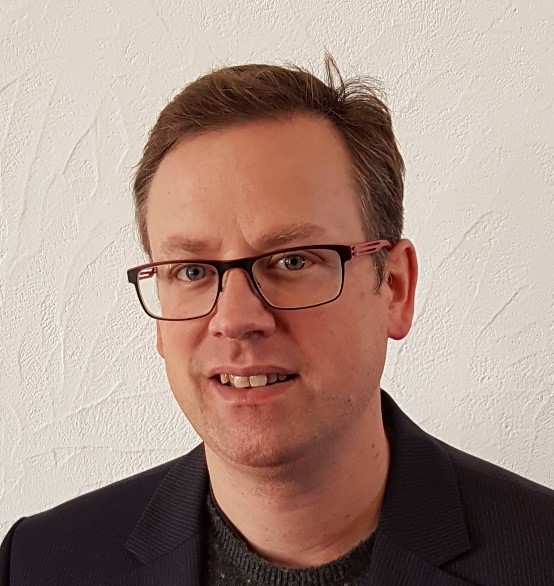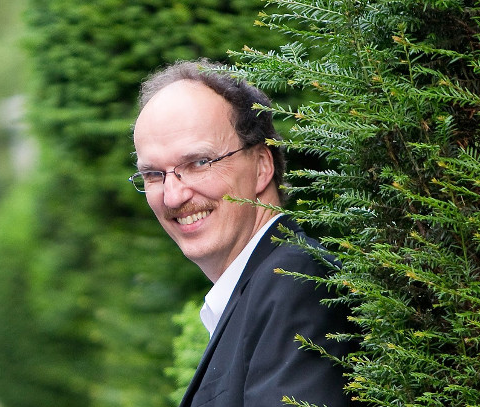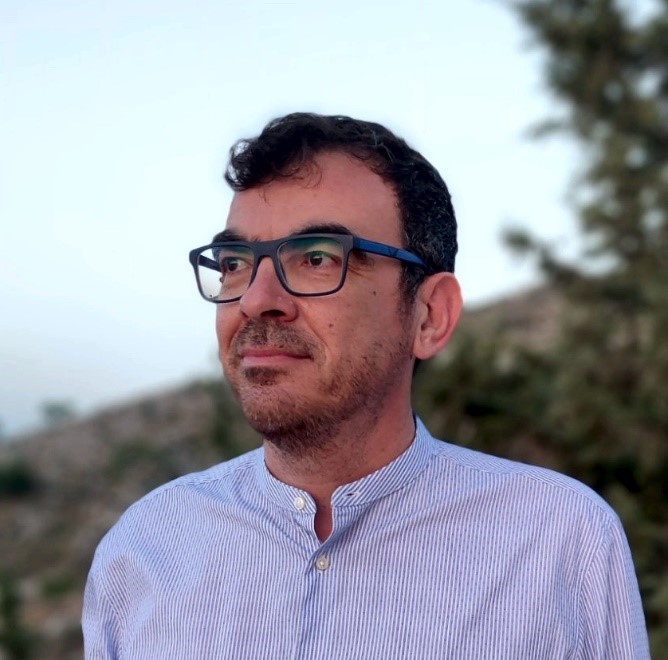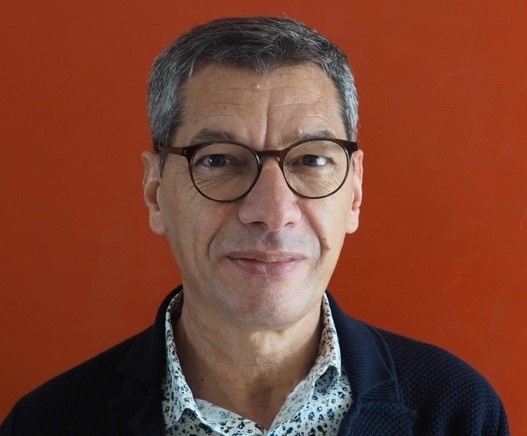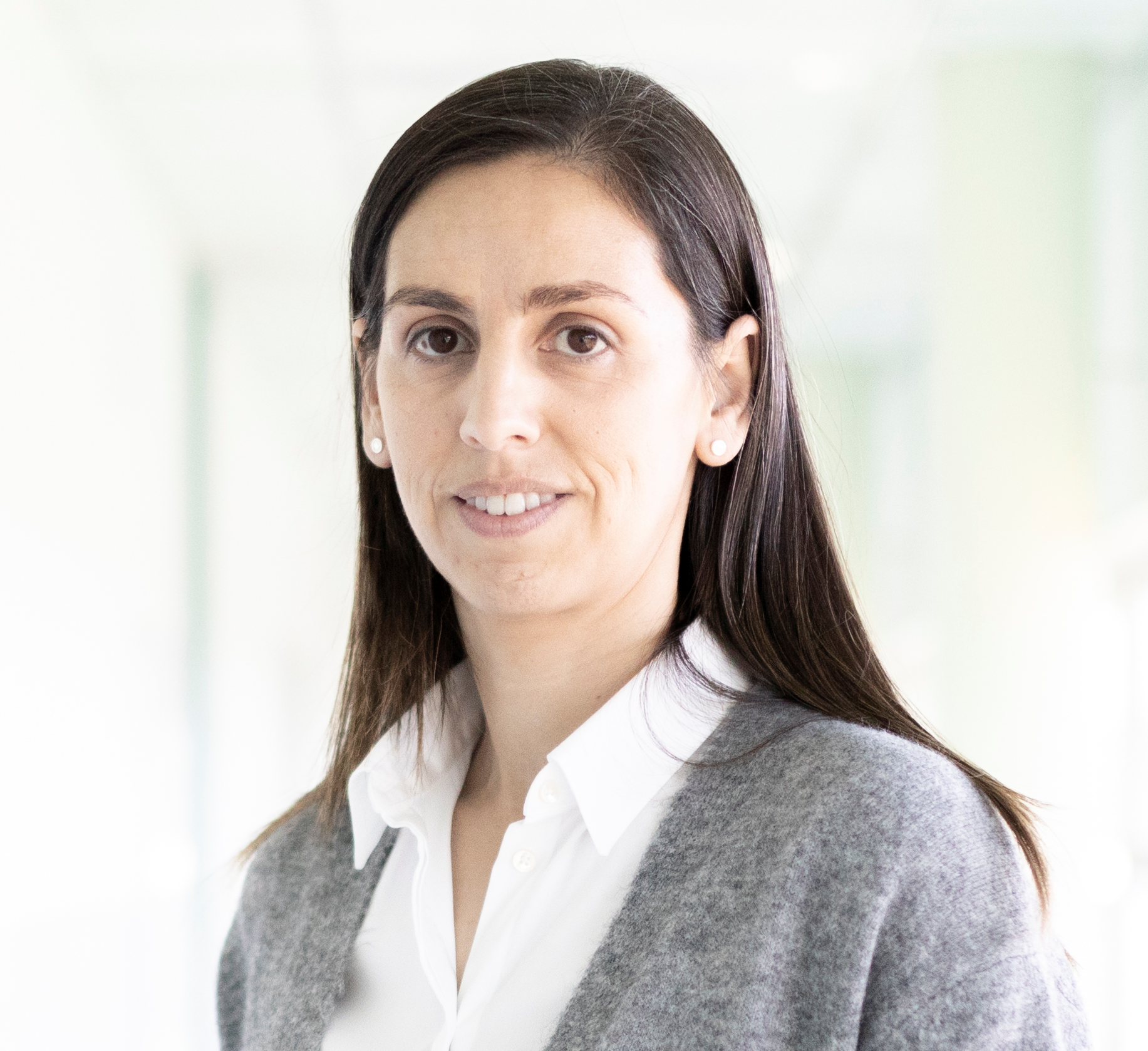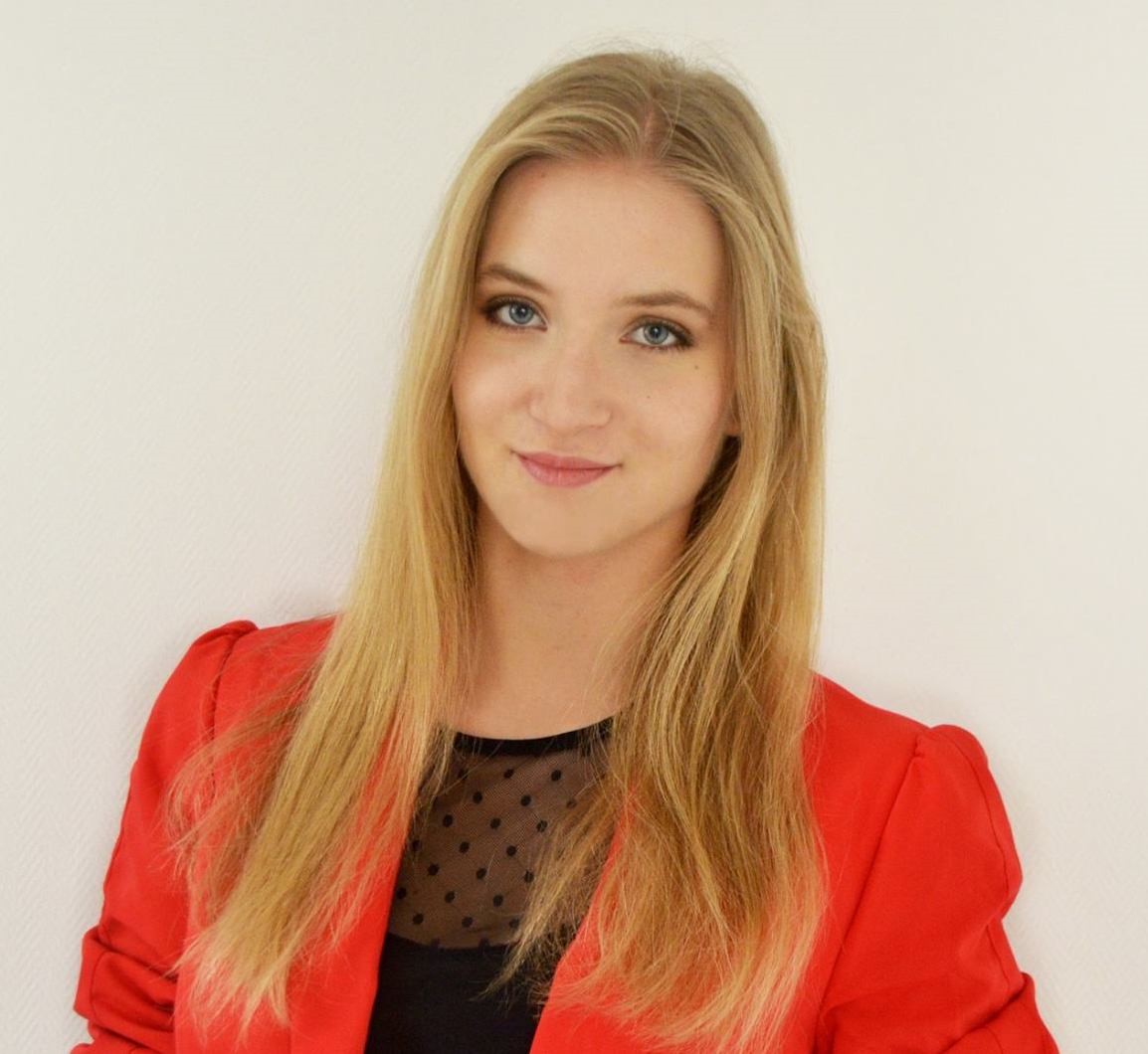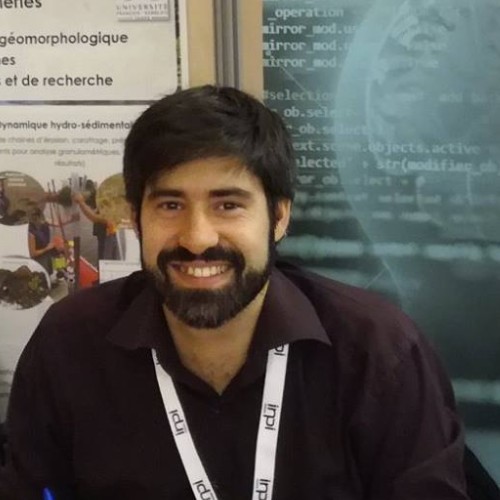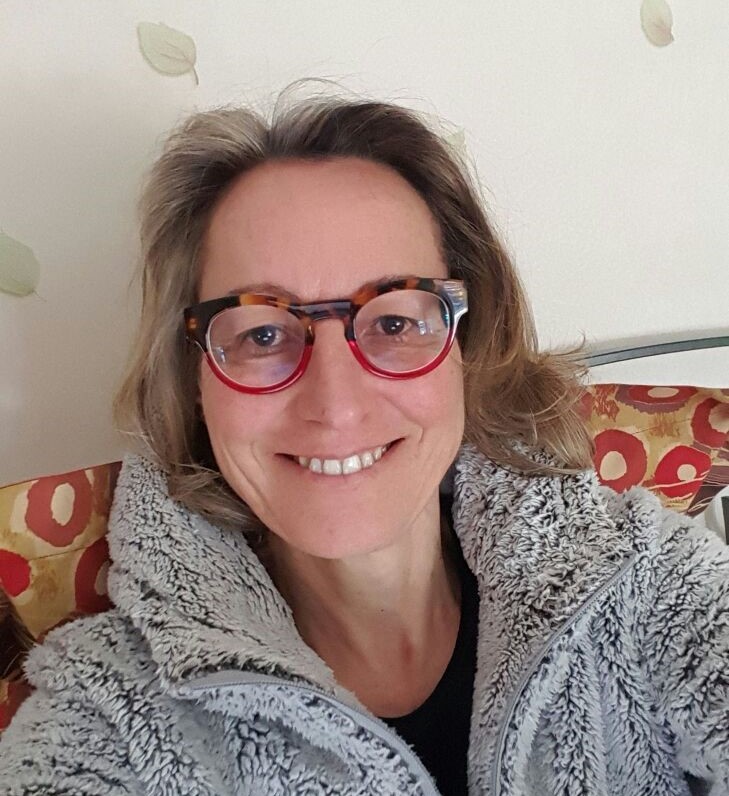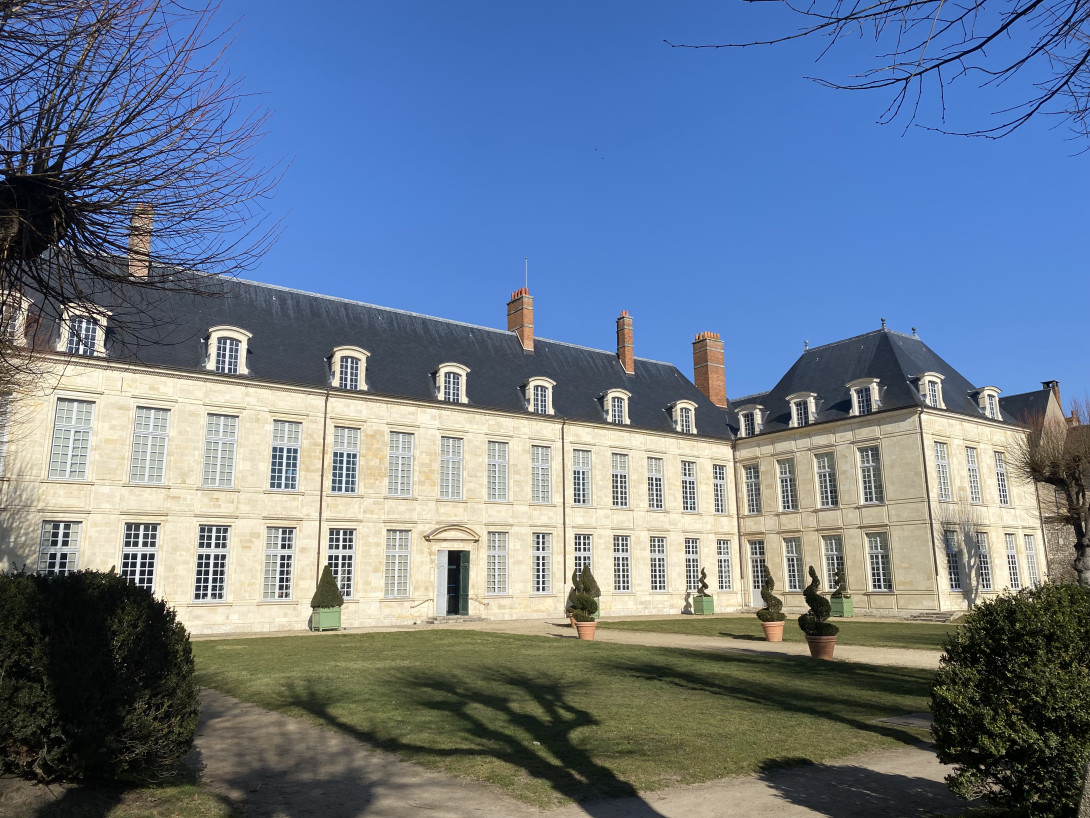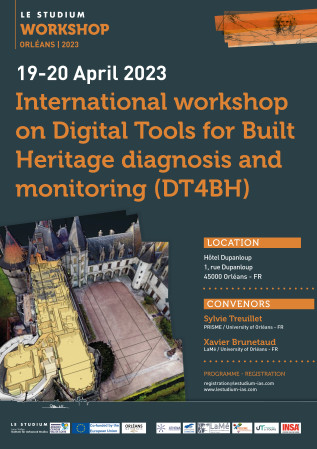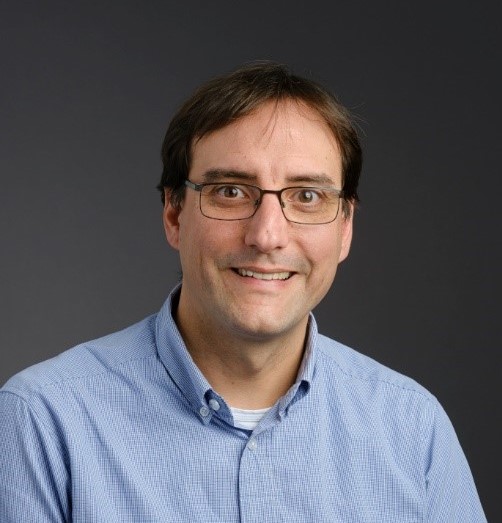
Frédéric is a Reader in Construction Informatics at The University of Edinburgh. He leads the CyberBuild Lab whose research explores digital twinning solutions – integrating reality capture, data processing, information management, and visualisation technologies – to enhance construction project delivery and built environment monitoring (including historic building environment). He has led projects funded by Historic Environment Scotland (HES) on: assessing modern surveying technologies for the surveying of masonry structures; the segmentation of rubble masonry walls; and the detection and classification of masonry defects in point clouds. Frédéric is the Technical Manager of the on-going Horizon-2020 COGITO on digital twinning construction projects, the subject of this talk.
Digital Twinning Construction Projects – Lessons Learned for the Heritage sector
This talk will summarise the motivations and objectives of the Horizon2020 -funded COGITO project that aims to develop a digital twinning solution for the planning, execution and monitoring of construction projects. This large project (€6m with 12 partners) addresses the topics of knowledge representing and information modelling, the deployment of sensing technologies to capture the state of construction projects, and the establishment of a digital twin platform that stores the information in a structured way and orchestrates the information and work flows for planning, execution and monitoring use cases related to: production, quality control, and safety. Following a summary of the project’s results to date, the speaker will reflect on the challenges faced and the lessons learned that can be drawn that would be of relevance to developing similar solutions for the monitoring and care of heritage built assets.

